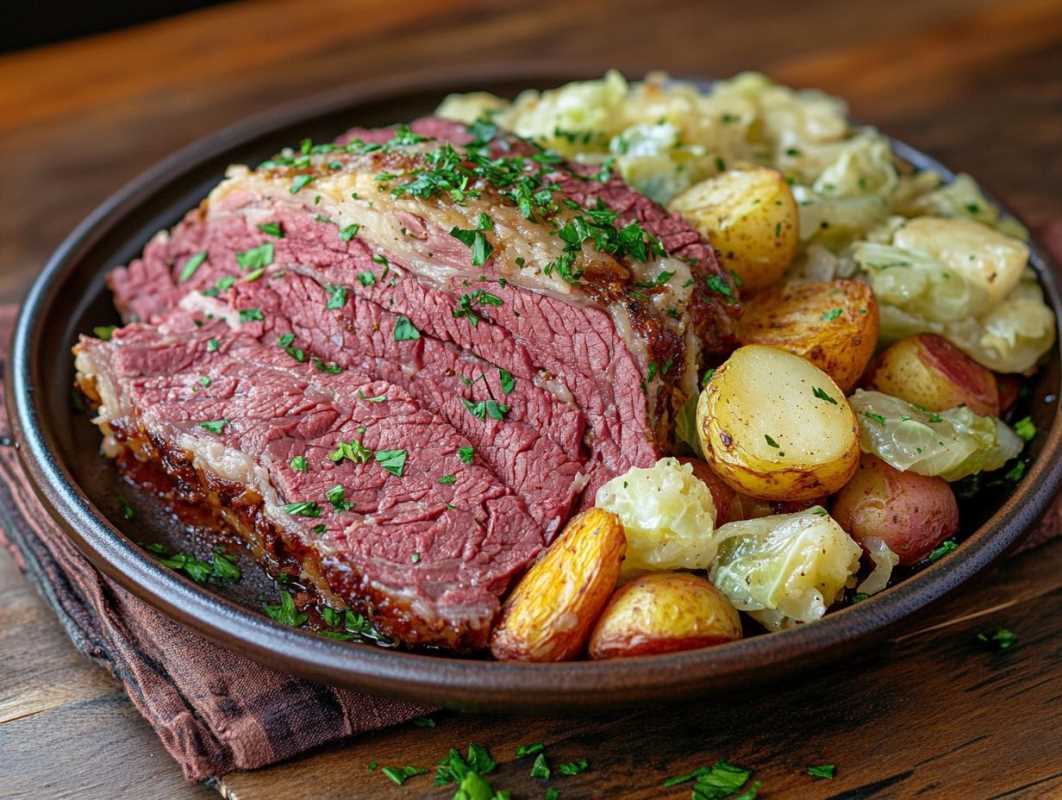If you’re a fan of cozy holiday treats that come with a side of rich tradition, Scandinavian baked goods deserve a place in your festive celebrations. These aromatic, buttery, and sometimes spiced delights capture the essence of Scandinavian hygge (the art of coziness) and make your kitchen smell like a Nordic wonderland. Here’s a collection of popular Scandinavian bakes that you can easily whip up at home to add some magic to your holiday season.
The Scandinavian Roots of Christmas
Before we jump back into the baking, it’s worth taking a moment to appreciate the Scandinavian influence on some of the modern Christmas traditions we hold dear. Long before the advent of Christmas as we know it, the Norse celebrated Yule, a midwinter festival that revolved around feasting, light, and togetherness in the darkest time of the year. The Yule log, evergreen decorations, and even the idea of gathering around food and drink all stem from these ancient celebrations of life, warmth, and hope.
Scandinavians have always emphasized a sense of coziness and community during the long, harsh winters, which is where the concept of hygge shines through. From sharing mulled wine around the fire to preparing hearty feasts and festive bakes, the notion of slowing down and savoring simple joys inspired many of today’s Christmas rituals. It’s no surprise that traditional Scandinavian baked goods, with their warm spices, intricate designs, and connection to generations past, fit so seamlessly into the modern holiday spirit.
1. Cinnamon Buns (Kanelbullar)
What Are They?
Soft, spiraled dough filled with butter, sugar, and cinnamon, kanelbullar are the Swedish answer to all things warm and comforting. Unlike their American cousin, these buns aren’t overloaded with icing. Instead, they’re subtly sweet and usually topped with crunchy pearl sugar. Perfect with a cup of coffee, they embody fika, the Swedish coffee break tradition.
Cultural Significance
Kanelbullar date back to the 1920s in Sweden when cardamom and cinnamon became easier to source. They're so beloved that Sweden even celebrates Cinnamon Bun Day (Kanelbullens Dag) every October 4th!
Ingredients:
For the Dough:
- 1 cup whole milk, warmed
- 2 1/4 tsp active dry yeast
- 4 tbsp unsalted butter, melted
- 1/4 cup granulated sugar
- 1/4 tsp salt
- 3–3 1/2 cups all-purpose flour
- 1 tsp ground cardamom
For the Filling:
- 1/4 cup unsalted butter, softened
- 1/2 cup brown sugar
- 2 tbsp ground cinnamon
For Topping:
- 1 egg, beaten
- Pearl sugar (or coarse sugar)
Instructions:
- Prepare the Dough: Mix warm milk and yeast in a bowl and let sit for 5 minutes until bubbly. Add melted butter, sugar, salt, and cardamom, then gradually incorporate flour until the dough is soft. Knead for about 10 minutes, then cover and rise for 1 hour.
- Make the Filling: Combine softened butter, cinnamon, and sugar into a paste.
- Shape the Buns: Roll the dough into a rectangle, spread the filling evenly, and roll it up like a log. Cut into 1-inch slices and place on a baking sheet.
- Bake: Brush with beaten egg, sprinkle with pearl sugar, and bake at 375°F for 15–18 minutes until golden brown.
Pro Tip: For added hygge vibes, serve them warm with hot mulled wine.
2. Saffron Buns (Lussekatter)
What Are They?
Lussekatter, or saffron buns, showcase the holiday spirit of Sweden and Norway. These bright yellow buns are flavored with saffron, shaped into intricate "S" shapes, and often adorned with raisins. Typically enjoyed during St. Lucia’s Day (December 13), these buns stand out for both their unique flavor and glowing color.
Cultural Significance
The saffron used in lussekatter was originally a luxurious ingredient in medieval Sweden, symbolizing celebration and wealth. Today, these buns hold a spiritual connection to St. Lucia, the patroness of light, and signify the promise of longer, brighter days after the cold dark Nordic winters.
Ingredients:
- 1 cup whole milk, warmed
- 1/2 tsp saffron threads
- 2 1/4 tsp active dry yeast
- 1/4 cup granulated sugar
- 1/4 cup unsalted butter, melted
- 1 large egg
- 3 1/2 cups all-purpose flour
- 1/2 tsp salt
- Raisins for garnish
Instructions:
- Infuse the Saffron: Warm the milk and add the saffron threads. Allow it to steep for 10 minutes.
- Make the Dough: Combine the saffron milk with yeast and sugar. Once bubbly, stir in melted butter, egg, flour, and salt to form a dough. Knead until smooth and leave it to rise for 1–1.5 hours.
- Shape the Buns: Divide the dough into small pieces, roll into ropes, and twist each rope into an “S” shape. Place a raisin in the center of each curl.
- Bake: Brush with an egg wash and bake at 375°F for 15 minutes, or until golden.
Pro Tip: Serve these during breakfast or with glögg (a Nordic mulled wine).
3. Kransekake (Almond Ring Cake)
What Is It?
Kransekake is an almond-flavored ring cake traditionally served at celebrations like weddings, Christmas, and New Year in Norway and Denmark. Made with concentric rings of dough stacked vertically, it looks like an edible Christmas tree. Bonus? It’s naturally gluten-free!
Cultural Significance
This iconic dessert has been a part of Scandinavian feasts since the 18th century, when fancy tower cakes symbolized prosperity and grandeur. Its chewy texture and sweet almond glaze make it a festive centerpiece.
Ingredients:
- 2 1/2 cups almond flour
- 2 1/2 cups powdered sugar
- 2 large egg whites
- 1 tsp almond extract
- Royal icing for decorating
Instructions:
- Mix the Dough: Combine almond flour and powdered sugar, then mix in egg whites and almond extract. The dough will be sticky but cohesive.
- Shape the Rings: Roll the dough into long ropes and form circles of increasingly smaller sizes using molds or parchment paper templates.
- Bake: Place on parchment paper and bake at 375°F for 10–12 minutes or until lightly golden.
- Construct the Cake: Stack the rings from largest to smallest, adhering them with royal icing. Drizzle extra icing for decoration.
Pro Tip: Decorate with Norwegian or Danish flags and candy for added holiday flair.
4. Pepperkaker (Scandinavian Gingerbread Cookies)
What Are They?
Need some cookies to pair with your holiday coffee? Pepperkaker are thin, crispy gingerbread cookies with a spiced flavor and a hint of molasses. Unlike their softer American counterparts, these are made for crunch and often cut into festive shapes like hearts, stars, or angels.
Cultural Significance
Gingerbread cookies have medieval roots in Scandinavia, and over time, they became synonymous with Christmas. Families make a tradition of baking pepperkaker together and often create elaborate gingerbread houses using this sturdy dough.
Ingredients:
- 1/2 cup unsalted butter, softened
- 1/2 cup sugar
- 1/2 cup molasses
- 2 1/2 cups all-purpose flour
- 1 1/2 tsp ground ginger
- 1 tsp ground cinnamon
- 1/2 tsp ground cloves
- 1/2 tsp baking soda
- 1/4 tsp salt
Instructions:
- Make the Dough: Cream butter and sugar until fluffy. Add molasses and mix well. Gradually incorporate the dry ingredients until the dough forms. Chill for at least 1 hour.
- Roll and Cut: Roll the dough thinly and cut into shapes with cookie cutters.
- Bake: Transfer to a lined baking sheet and bake at 350°F for 8–10 minutes, or until lightly browned.
Pro Tip: Decorate with royal icing or leave them plain for a simpler, nostalgic look.
Scandinavian baked goods add warmth and tradition to the holidays. With flavors like saffron, cardamom, and almond, these recipes are ideal for cozy winter gatherings or homemade gift-giving.
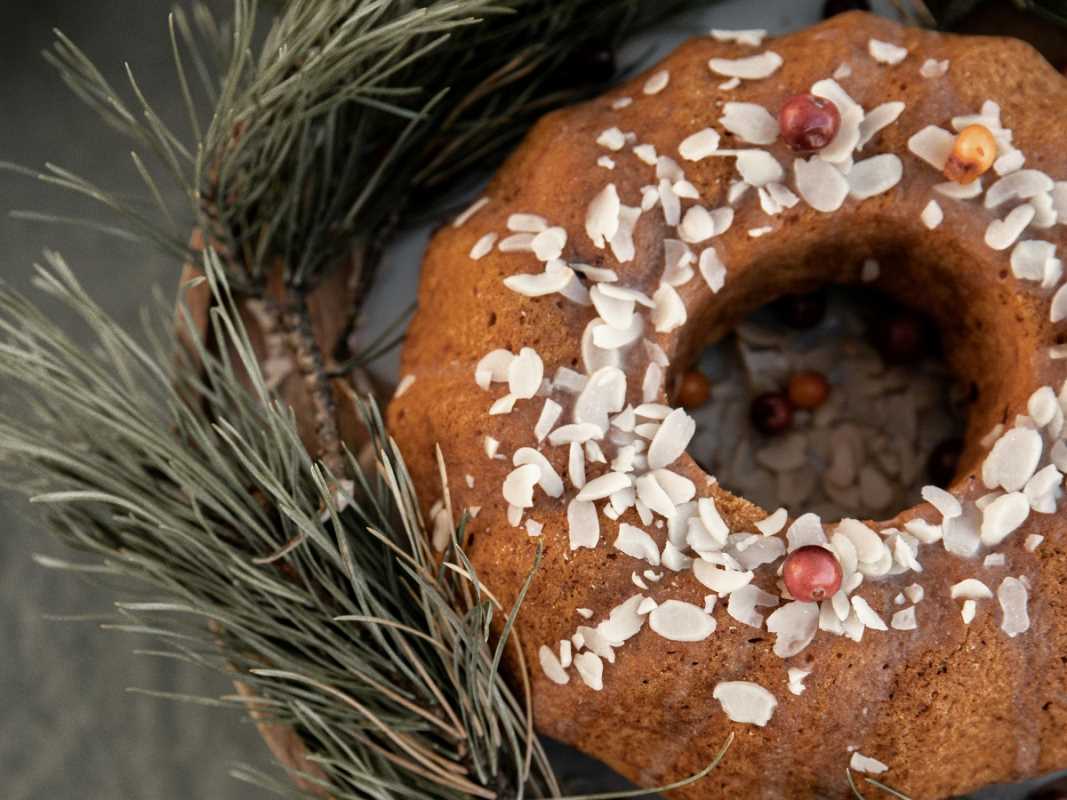 (Image via
(Image via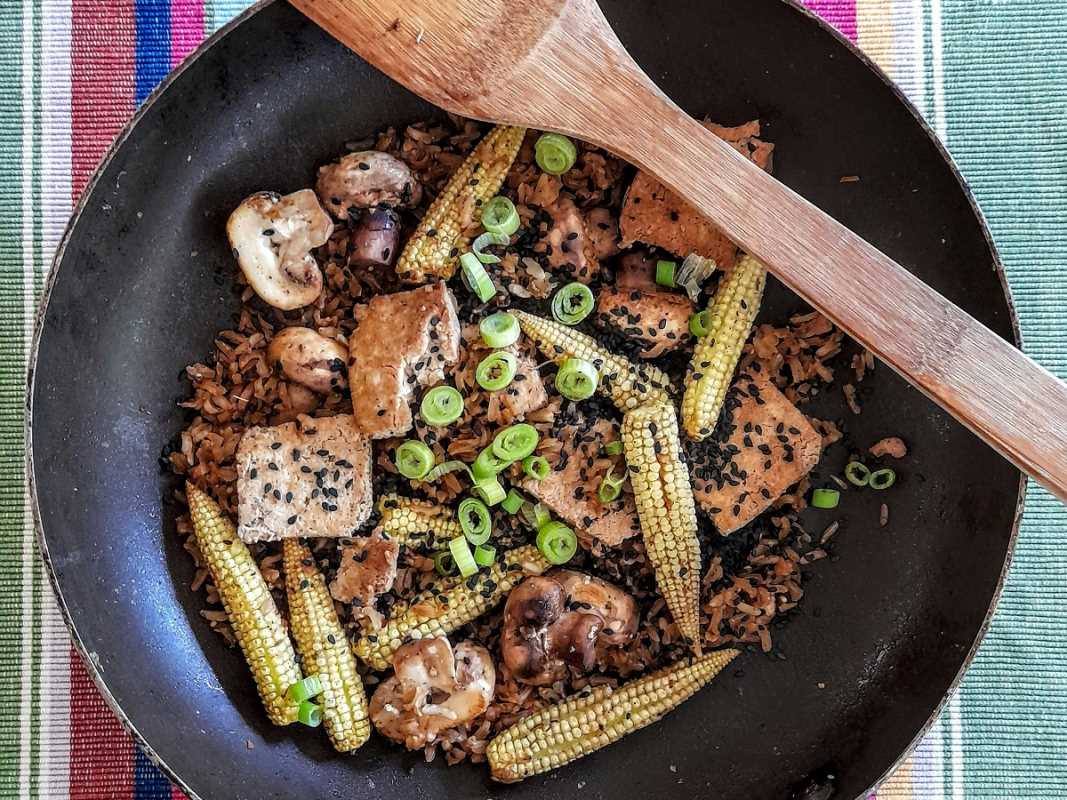
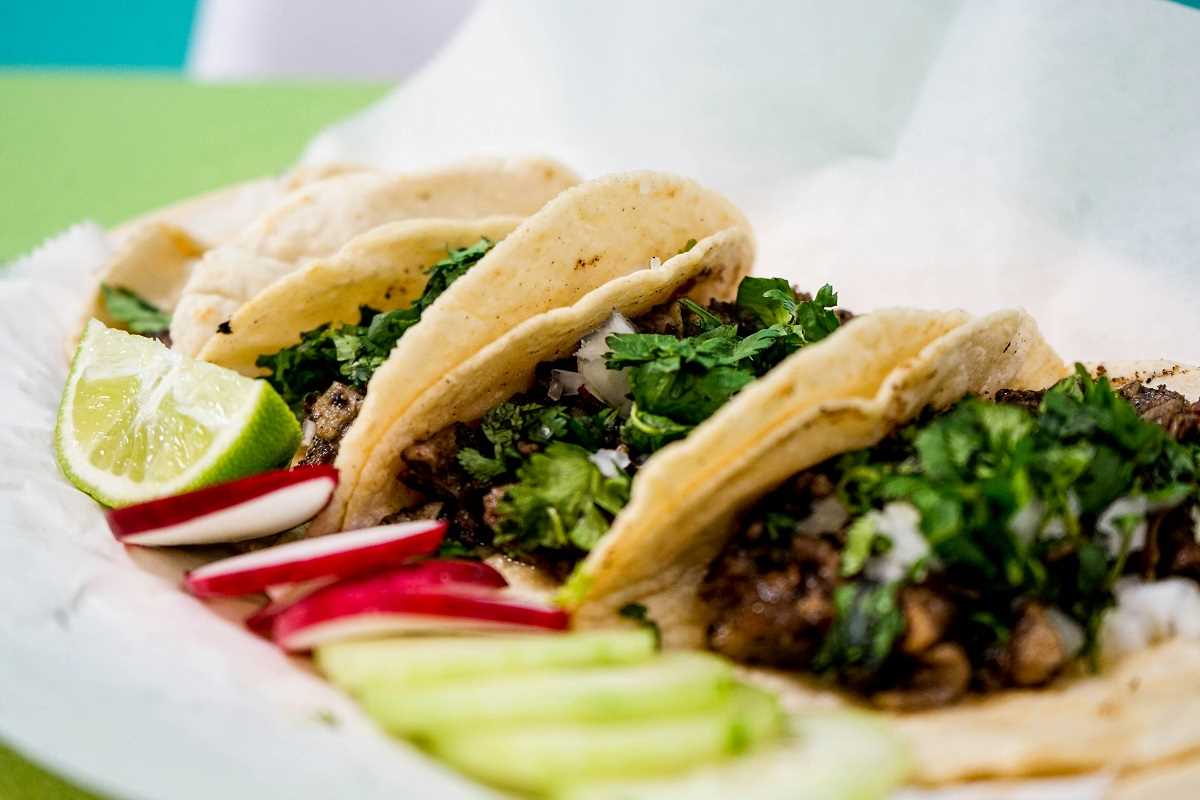

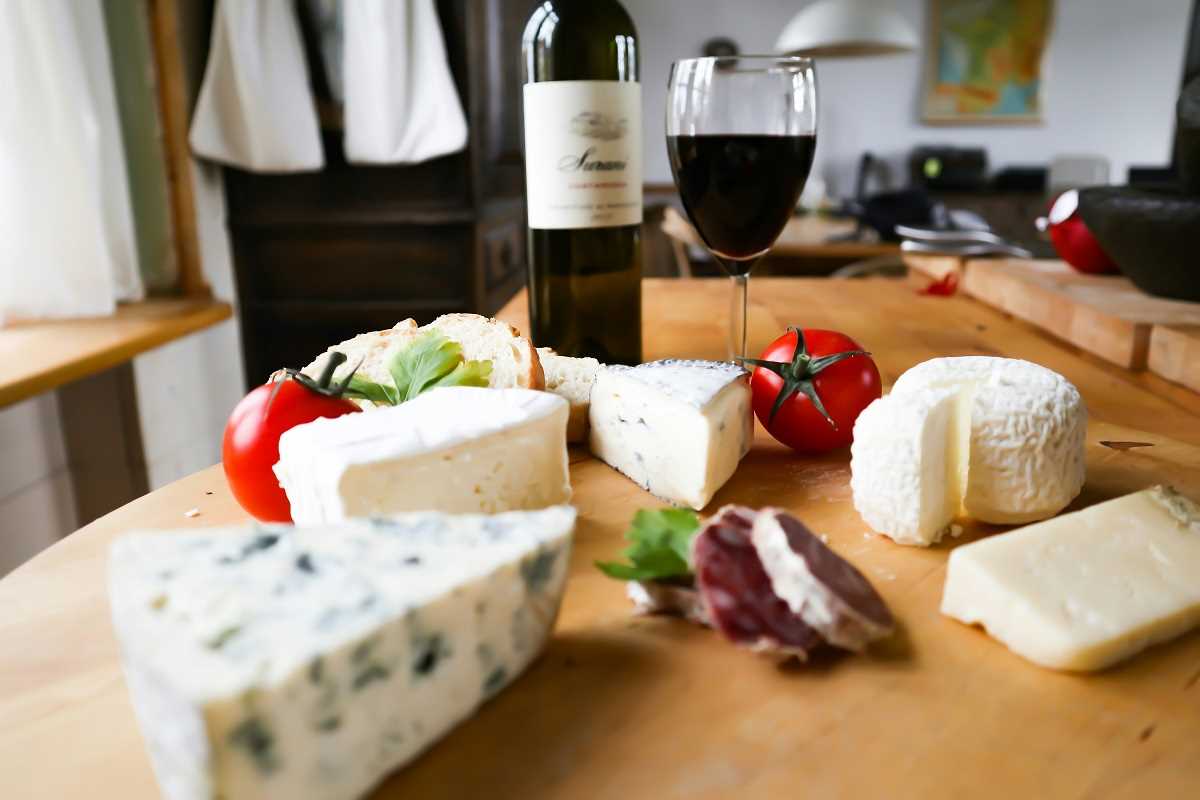

.jpg)
